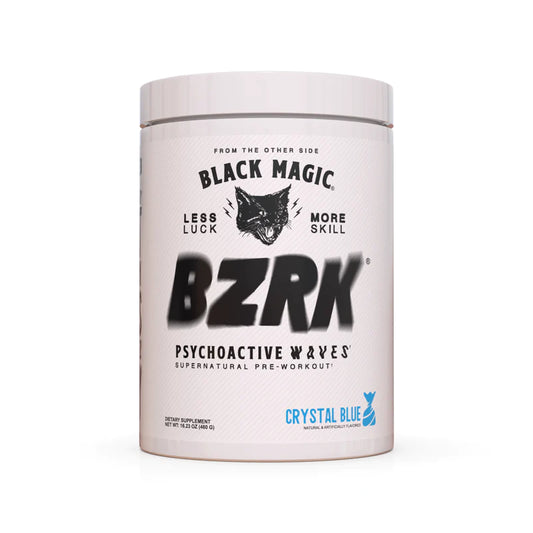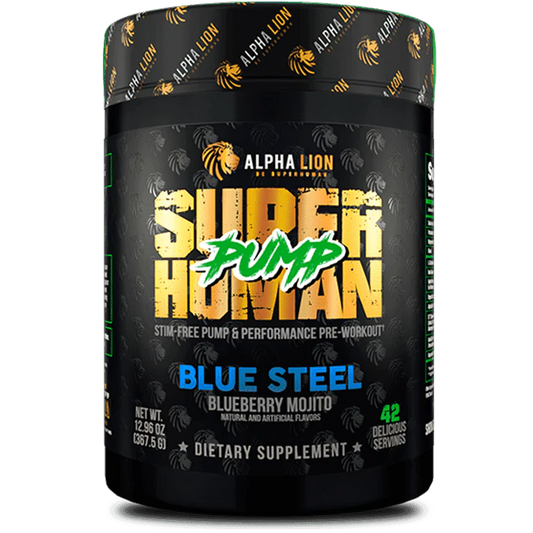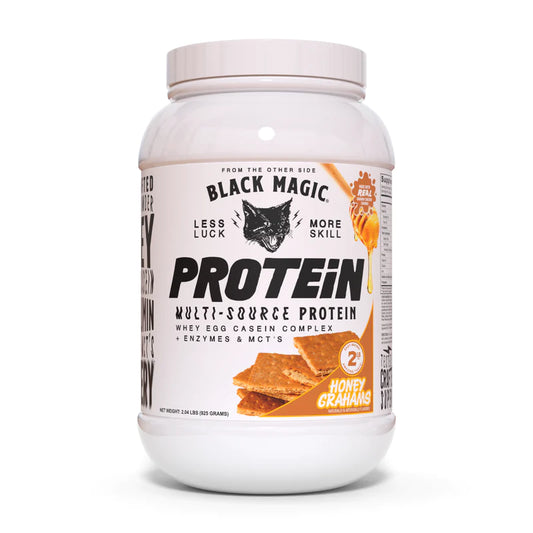Whey protein is a popular nutritional supplement used by athletes, bodybuilders, and anyone looking to improve their health and fitness. It is a complete protein containing all 9 essential amino acids that the body cannot produce on its own. Whey protein is derived from milk during the process of cheese production. When milk is curdled to make cheese, the liquid that separates from the curds is known as whey. This whey liquid contains proteins and other nutrients like lactose.
Whey protein is considered a high-quality complete protein as it contains high levels of essential amino acids needed for muscle protein synthesis. The main proteins found in whey are:
- Beta-lactoglobulin - makes up about 65% of whey proteins
- Alpha-lactalbumin - makes up about 25%
- Bovine serum albumin
- Immunoglobulins
- Lactoferrin
- Lactoperoxidase
Benefits of Whey Protein
There are many scientifically proven benefits associated with consuming whey protein on a regular basis:
- Builds Muscle and Strength - Whey is considered the gold standard for protein supplementation for muscle gain and strength. The high levels of amino acids like leucine stimulate muscle protein synthesis, helping grow and repair muscles efficiently after exercise. Multiple studies show whey protein helps increase muscle mass and strength.
- Weight Loss - Whey can help boost fat loss by increasing satiety and reducing appetite. The protein keeps you feeling fuller for longer while decreasing levels of the hunger hormone ghrelin. Clinical trials show whey supplementation leads to significant reductions in body fat and weight.
- Increases Antioxidant Capacity - Whey contains glutathione, a powerful antioxidant that fights oxidative stress and free radicals. This helps reduce inflammation and risk of chronic disease. Studies indicate whey boosts the body's antioxidant defense system.
- Supports Immune Function - The immunoglobulins and lactoferrin found in whey provide immune-enhancing properties. They help support the body's production of glutathione and strengthen the immune response. Research demonstrates whey improves immune activity against bacteria, viruses, and other pathogens.
- Lowers Blood Pressure and Cholesterol - The peptides in whey have been shown to inhibit angiotensin-converting enzymes, which helps dilate blood vessels and lower blood pressure levels. It also reduces LDL (bad) cholesterol. A meta-analysis found whey significantly decreased both systolic and diastolic blood pressure.
- Increases Insulin Sensitivity - By providing amino acids like leucine and cysteine, whey stimulates the release of anabolic hormones like insulin that help transport nutrients into muscle and other cells. Clinical studies indicate whey enhances insulin sensitivity and improves blood sugar control, especially when combined with exercise.
Types of Whey Protein
There are three main types of whey protein available:
1. Whey Protein Concentrate (WPC) - Contains 70-80% protein along with some lactose (milk sugar) and fat. It's typically an affordable option.
2. Whey Protein Isolate (WPI) - Contains 90-95% protein with very little lactose and fat removed. It is easier to digest but more expensive.
3. Hydrolyzed Whey - Partially predigested form where the protein is broken down into smaller peptides for faster absorption. This is the most expensive form.
Whey protein concentrates usually provide the best value and nutritional well-roundedness for most people. The small amounts of carbohydrates and fat can also help with energy, muscle growth, and hormone production during exercise recovery.
How to Use Whey Protein
Whey protein is very versatile and can be incorporated into your diet in a variety of ways:
- Protein Shakes - One of the most popular uses is to blend a scoop (25-50g) of whey powder into water, milk, yogurt or juice to make a nutritious post-workout or meal replacement shake. Adding fruit, nut butters, greens, oats or seeds can further boost its nutritional value.
- Smoothies - Whey gives smoothies a protein punch, helping make them more balanced and satisfying. It blends seamlessly into fruit or green smoothies for breakfast or a snack.
- Overnight Oats - Stirring a scoop of whey into overnight oats provides sustained release protein to start the morning. Yogurt and nut butters complement whey's amino acid profile in overnight oats.
- Pancakes and Waffles - Mixing whey powder into pancake or waffle batter boosts the protein content to support muscle recovery first thing in the morning.
- Baked Goods - You can bake protein directly into foods like muffins, breads and bars by substituting about 25% of the flour with whey powder. This increases protein while making the baked goods softer.
- Protein Bars - Homemade protein bars are easy to make by combining whey powder with oats, nut butters, seeds, coconut and dried fruit before refrigerating until firm.
Best Time to Take Whey
The optimal time to take whey protein is within the "anabolic window" after exercise, which is the approximately 60 to 90 minutes after your workout when your muscles are primed to absorb nutrients and recover. Consuming whey immediately post-workout along with carbohydrates maximizes muscle protein synthesis.
Whey protein can also be beneficial first thing upon waking in the morning and before bed. The amino acids will help stimulate muscle growth and supply your body with needed protein. Older adults may also benefit from spreading out 25-50g doses of whey throughout the day to help maintain muscle mass.
Are There Any Side Effects of Whey Protein?
Whey protein is safe for most people when used appropriately. However, there are some potential side effects to be aware of:
- Digestive Issues - Too much whey or incorporating it too quickly can lead to gas, bloating, cramps and diarrhea. Reducing dose or switching to a hydrolyzed whey can help improve tolerance.
- Increased Thirst and Frequency of Urination - The kidneys may need to process higher volumes of protein byproducts, leading to thirst and more frequent urination. Staying well hydrated by drinking plenty of water with whey can help.
- Weight Gain - Consuming excessive calories from whey or other sources in hopes of getting bigger can lead to unnecessary fat gain instead of muscle growth. Follow evidence-based guidelines for protein needs.
- Acne and Skin Issues - Whey is insulinogenic, meaning it can raise insulin levels and increase IGF-1 production. This may worsen acne in some individuals. Moderate protein intake minimizes this risk.
- Increased Cholesterol - Some people may see small increases in LDL cholesterol with high intakes of whey protein. However, this effect seems to lessen with exercise. Monitoring your lipid panel is recommended.
- Liver Issues - There has been some association between very high protein intakes and increased liver enzymes. But moderate whey intake within established guidelines has not been shown to cause liver problems in healthy people.
- Kidney Problems - Concerns about whey causing kidney damage seem to be limited to those with pre-existing kidney disease. Healthy kidneys are able to effectively process normal amounts of protein.
Who May Want to Avoid Whey Protein?
While whey protein has an excellent safety profile compared to many supplements, there are some individuals who may want to moderate intake or avoid whey including:
- Those with milk allergies or lactose intolerance - Whey concentrates contain lactose so isolates or hydrolyzed forms may be better tolerated.
- Anyone with a digestive disorder like IBS, Crohn’s or colitis - The high protein content may exacerbate gut symptoms. Pea or egg white protein may be preferable.
- People with gout or kidney problems - Excess nitrogen from high protein diets may place additional strain on compromised kidneys. Consult a nephrologist if concerned.
- Pregnant women - Most doctors recommend not exceeding 20-25 grams of whey protein daily during pregnancy due to lack of safety data with higher doses.
Recommended Dosage
The optimal amount of whey protein is dependent on your body weight, physical activity level and individual protein needs. General recommendations fall in the following ranges:
- Sedentary Individuals: 0.5 - 0.7 grams per pound of bodyweight
- Active Individuals: 0.7 - 1 gram per pound
- Strength Athletes: 1 - 1.5 grams per pound
So for a 175 pound active male, that equates to about 120-175 grams of protein daily from all dietary sources like food, shakes and supplements. Spread out 25-50 gram doses of whey protein at breakfast, post-workout and before bed.
It’s best to follow evidence-based guidelines for protein rather than overconsume whey just because it’s convenient. More is not necessarily better when it comes to protein utilization. Users should also make sure to stay well hydrated when increasing protein intake.
Conclusion
Whey protein is one of the most effective, convenient and safe supplements that can help boost muscle gains, speed recovery, torch fat and support overall health. It provides high quality complete protein with all the essential amino acids to stimulate muscle protein synthesis.
Whey protein concentrates offer a cost-effective option for most people looking to maximize muscle growth, strength, athletic performance and body composition. Hydrolyzed whey isolates are the easiest and fastest absorbing option for those sensitive to lactose.
By incorporating whey protein into shakes, smoothies, oats, yogurt and even baked goods, you can easily meet your daily protein requirements in a delicious way. Just be mindful of potential side effects with excessive intake and monitor your individual response.
When used responsibly along with proper resistance training and nutrition, whey protein can be an invaluable part of any fitness, muscle building or weight loss regimen.



